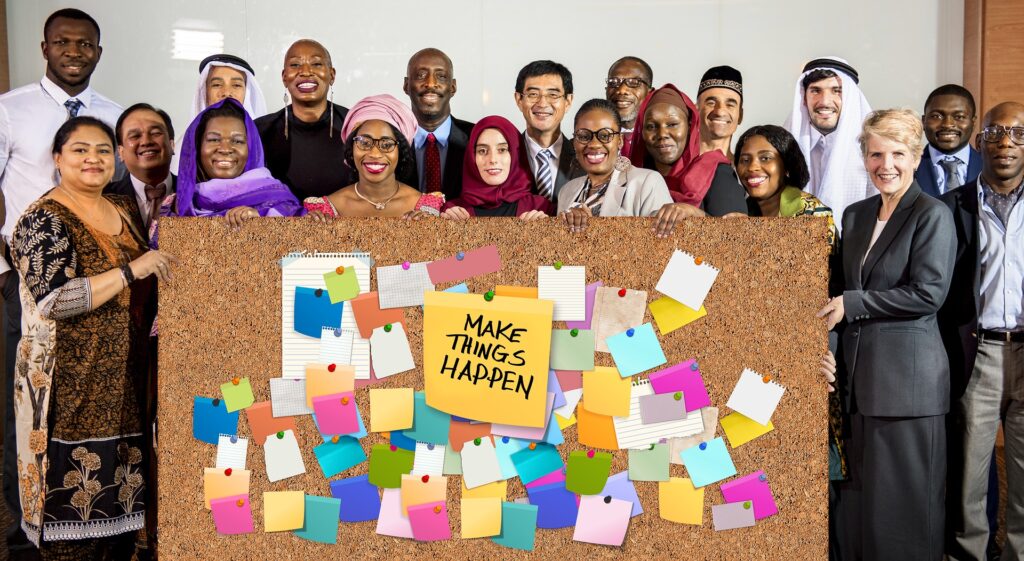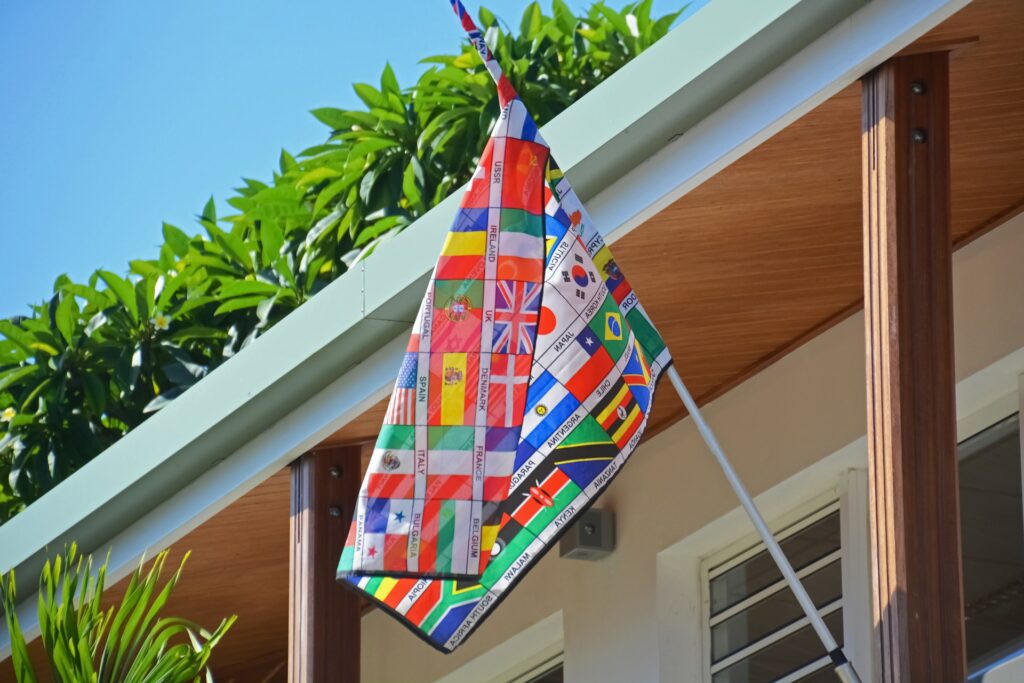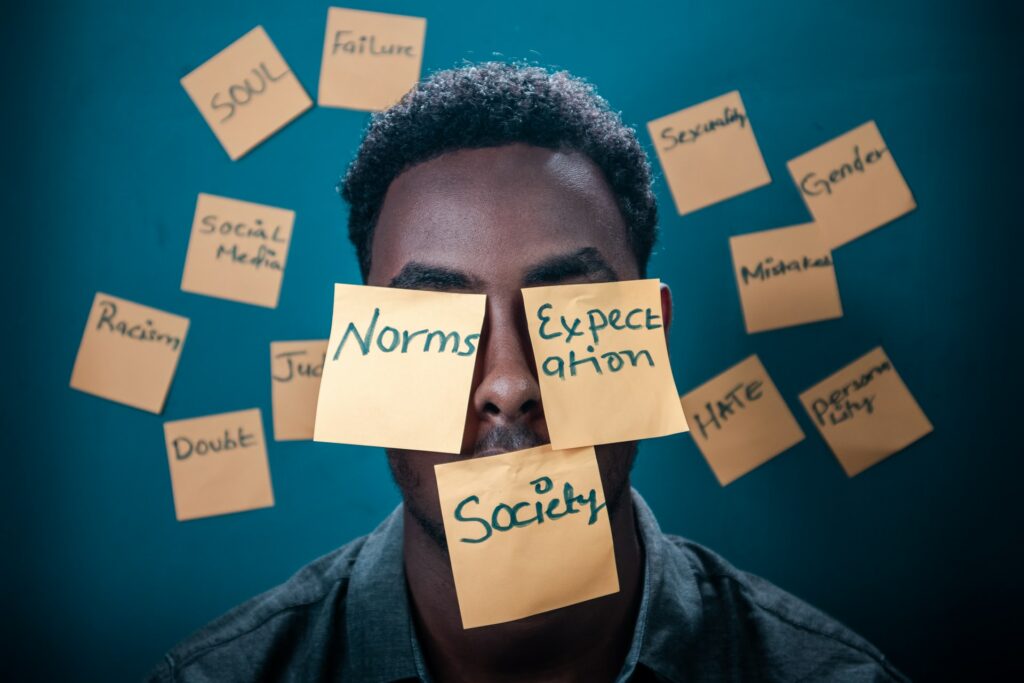Learning Objectives
- To reflect on linguistic and cultural diversity.
- To consider teachers’ potential for supporting diversity.
Resources needed
- Internet access.
Warning!
You can try out all activities and excercises, but you can't save any data. Please login or create a free account to save your data.
Exercise 1: Embracing diversity
Embracing diversity means understanding and appreciating the differences that exist among people such as cultures, languages, ethnicities, genders, and religions, among others. At the same time, it means appreciating our shared common humanity and learning to embrace diversity with positive attitudes of openness, respect, and curiosity.
Think about the word ‘diversity’. Perhaps you have used the word yourself or possibly it appears somewhere in your teaching materials.

What does diversity mean to you?
We provide two possible definitions of diversity. Please read them carefully and reflect on your answer in the previous section about what diversity means to you.
Given the above definitions of diversity, do you see anything similar or different from your earlier definition of diversity?
Exercise 2: Different but united
As teachers, we have the opportunity to promote diversity and together we can embrace it as a positive resource to be celebrated.

To reflect on some aspects of global diversity, you may wish to watch this video entitled “If the world was only 100 people.”
After watching the video, please think of the following questions:
Was there anything in the video that is surprising to you? If so, in what ways?
Was there any aspect of diversity missing or misrepresented that you would add/change? If so, what and why?
To explore diversity in your own community, start by thinking about cultural and religious festivals or any other diversity-related events that take place in your neighbourhood or city. Consider whether you could attend such events even if unfamiliar to you and reflect perhaps on the extent to which your school embraces the full range of diverse identities in the events it marks and celebrates.
TIP: We found an interesting collection of year round diversity events called “Diversity Calendar”. You can start there and then identify any events relevant to your context.
In addition, it is perhaps worth noting that the European Union’s official motto is “united in diversity”. If you are interested in how this looks in practice, follow this link, which will take you to the composition of the European Parliament.
Exercise 3: Languages of the world: A 10-minute language challenge!
This exercise is intended to raise our awareness of how easy it can be to learn just a few words of another language to help us connect to others in our community. Nelson Mandela famously said, “If you talk to a man in a language he understands, that goes to his head. If you talk to him in his own language, that goes to his heart” (n.d.). Try this out whenever possible, use it in the coming week, and take note of the effect on others.

Now, identify the language of a friend, colleague, neighbour, or student that you do not know.
Seek to learn to say some basic greetings in this language and write these in the box below. It will not take more than 10 minutes.
Think about 3 interesting daily phrases that you would like to be able to say to your friend/colleague/neighbour/student in the language and see if you can memorise them. Possible phrases are: ‘Good morning’, ‘Hello’, Good afternoon’, ‘How are you?’, ‘I wish you a good day’, etc. You can write them in your notebook or on a post-it.
Here are some links which offer introductions to a range of languages or common phrases in different languages:
How did the person(s) respond or react when you use their language, which is your newly acquired skill?
Can you empathise with Nelson Mandela’s quote “If you talk to a man in a language he understands, that goes to his head. If you talk to him in his own language, that goes to his heart”?
Exercise 4: Diversity in me
Diverse people, diverse identities! When we talk about diversity, it can refer to diverse genders, religions, ethnicities, languages, cultures, ages, abilities, and more. We are all different in our own way, and we each add something special to the rich tapestry of the world. There is no second version of us – we are all wonderfully unique. It can be valuable to appreciate one’s uniqueness but also find areas of commonality.
Please do the following task firstly on your own. Then ask someone else (a friend or a colleague) to complete it as well. It can open interesting discussions as you find out to what extent your answers may be similar or different.
Complete these statements:
- A country I would really like to visit is ...
- I know how to say hello and thank you in ...... language(s)
- One thing I have in common with my neighbour(s) or colleague(s), apart from the location where we live is ...
- Some festivals, cultural or religious events or customs which I really enjoy are ...
- One of the most important aspects of my identity is my identity as a ...

